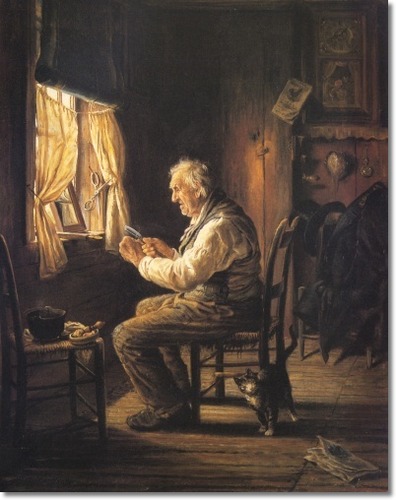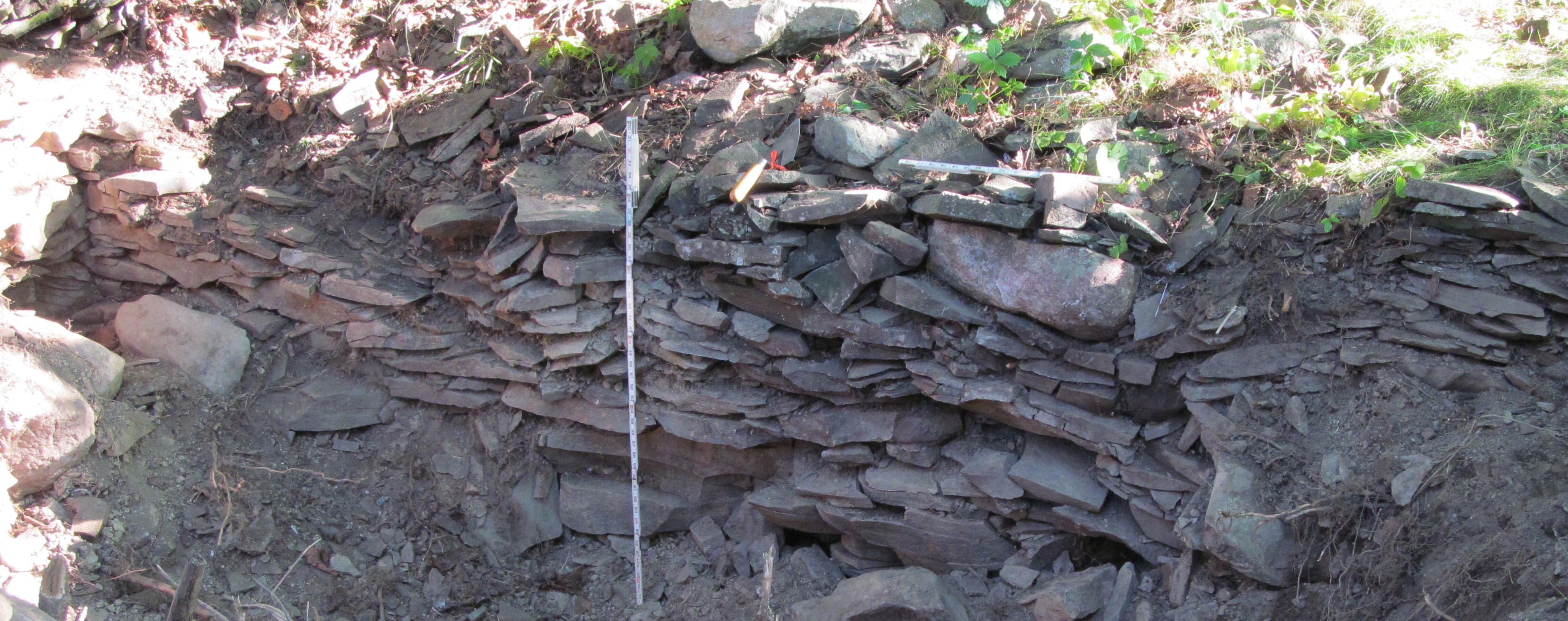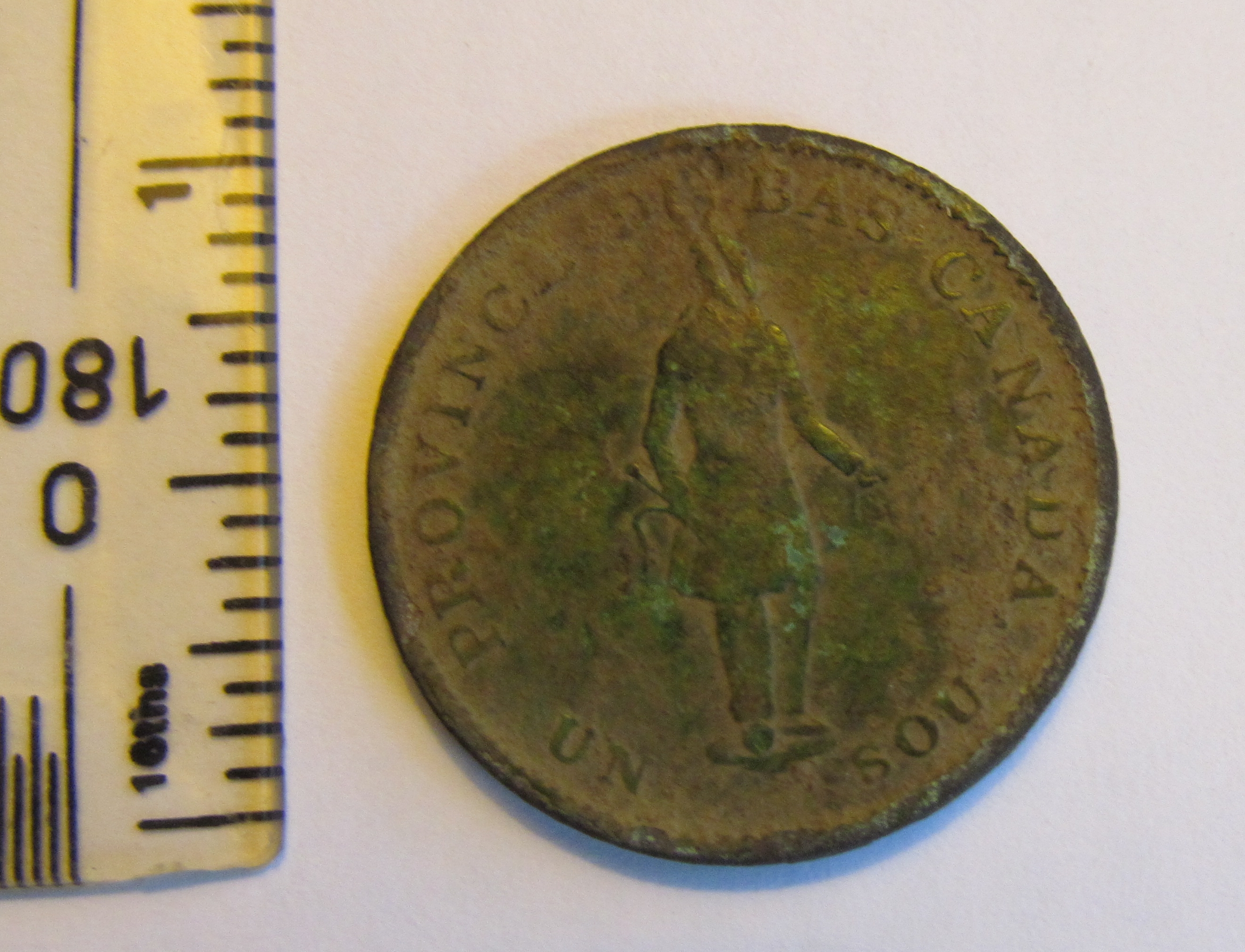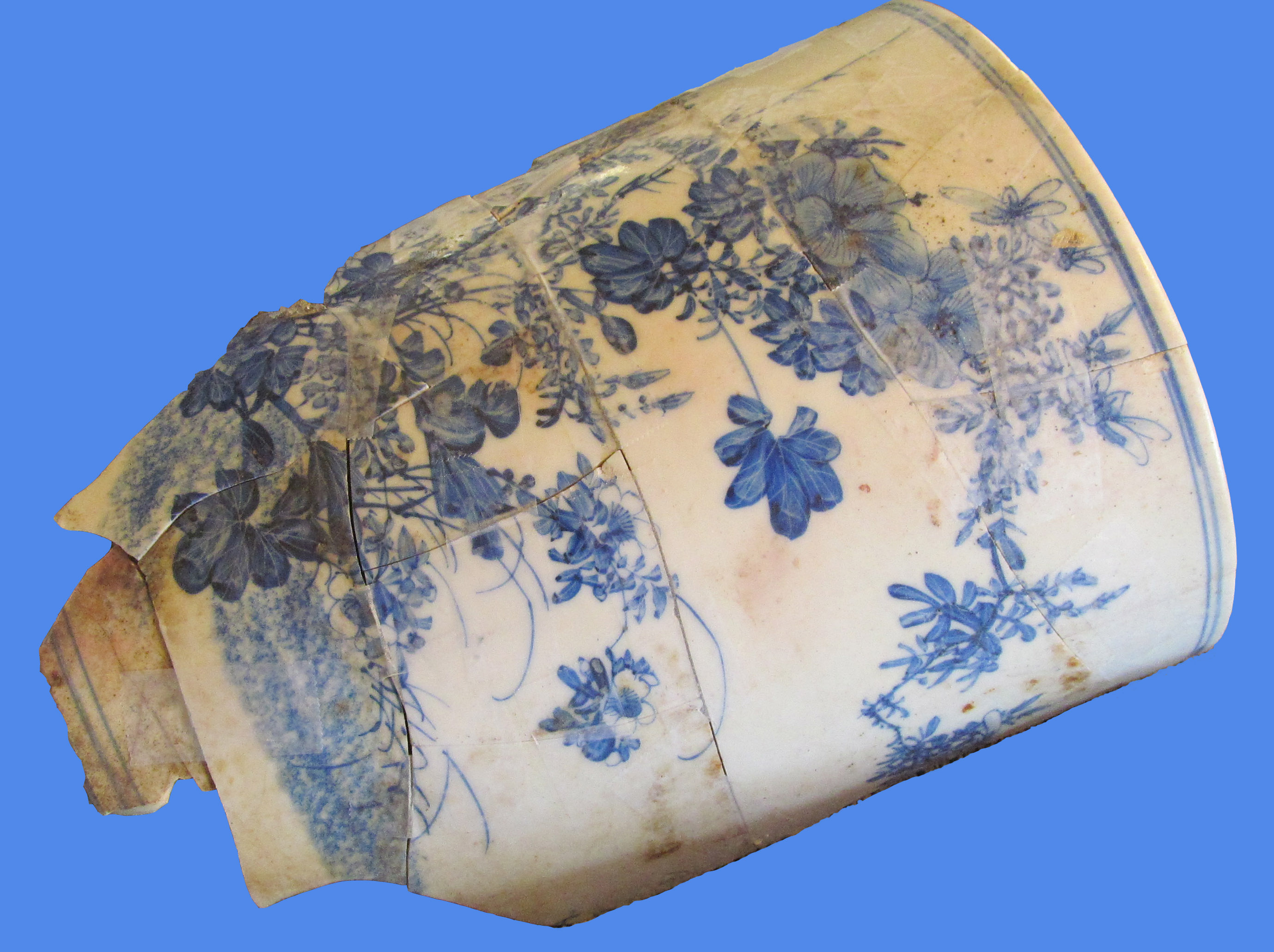THE
PETER BROWN HOUSE

- SUMMARY OF RESEARCH AND
ARCHAEOGICAL EXCAVATIONS
The
site
of the former Peter Brown house is now
located on an approximately one-quarter acre
lot, formerly a portion of Brown's much
larger farm. The house lot included a cellar
hole and traces of building
foundations, as well as an abandoned
well. Throughout
portions of the lot were scatterings of
rusted and burnt objects
and building materials, the
latter reminders of the mid-twentieth
century fire that destroyed the house.
Although no longer containing a standing
structure, the site is associated with some
of Cragsmoor’s best known residents,
representing important phases of Cragsmoor’s
historical development. As such, it should
be considered one of
Cragsmoor’s most
significant landmarks, The
site’s significance was recognized in the National Register of
Historic Places (NRHP) nomination form for the Cragsmoor
Historic District, which designated the “former Peter Brown
farmhouse site” as a “contributing” property within the
District (Hansen 1996: Section 7, page 31).
After purchasing some 60 acres here in 1849, Peter Brown moved to Cragsmoor from
his former home in Passaic, New Jersey. He lived here with his wife, Ann,
and farmed the land until his death in 1884. Documentary
research indicates that Brown's children resided here for only
a part of the time that Brown owned the property. Summer
rentors also resided here at times beginning in the 1860s.
Peter Brown was a colorful "character," reportedly a
"hard
drinker," and with a "pugnacious" disposition. In time he
bacame the
subject of a series of portraits by the noted american genre
painter,
Edward Lamson Henry. Since the apparent backdrops of many of
these
works were the living spaces inhabited by Brown and his wife,
not only
do we gain a clear picture of Brown's physical appearance
during the
later years of his life but also a sense of the
farmhouse's rustic
interior and the objects contained within it.


E .L. Henry - "Peter
Brown" (1886)
E.L. Henry - "The
Obstinate Razor" (1882)
In 1887, subsequent to Peter Brown's death, his wife Ann
sold the property. The Brown house was subsequently occupied
primarily as a summer residence. Nevertheless, it continued to
be associated with persons important in the history of
Cragsmoor. Eliza Hartshorn, who purchased the property from
Ann Brown, was instrumental in the development of the
Cragsmoor community, and through friendships and family
connections played a major role in attracting artists to
Cragsmoor. Several of them, including Frederick Dellenbaugh
and Charles C. Curran apparently resided in the Brown house,
renting it from Eliza Hartshorn. The house subsequently had
several owners until 1914, when it was purchased by artist
Frederick V. Baker, who used it as a studio and summer
residence until its destruction by fire in 1951.
The photograph at the top of this page, dating
to the 1880s shows the Peter Brown house at that time.
Documentary research and the results of our archaeological
investigations have enabled us to undertake a tentative
reconstruction of the construction sequence of the house. The
main section of the house was apparently constructed in the
1820s or 1830s, but stood on a different site at that time.
After Peter Brown's purchase of his farm in 1849, he
apparently moved the house from its former location to a
new foundation constructed on the present site. Subsequently,
he constructed a summer kitchen to the rear of the main
portion of the house that was subsequently incorporated into
the present structure. At a later time, probably ca. 1860s -
1870s, he constructed a "lean-to" addition which connected the
main portion of the house to the former summer kitchen. After
Ann Brown sold the house, further renovations to the Peter
Brown house were undertaken.
During the archaeological investigations we exposed portions
of the foundations of the three portions of the Peter Brown
house. The main portion was supported on a dry-laid stone
foundation extending more than 50 inches below the present
surface. The rear portion of the house, representing the
former "summer kitchen" was supported on a shallower stone
foundation, extending approximately two feet below the present
surface, while the connecting "lean-to" portion was supported
by a single row of large stones.


Part of Foundation - Main Portion of Peter
Brown House
Part of
Foundation - Rear
(Summer Kitchen) Portion of House
The archaeological investigations also resulted
in the recovery of a number of artifacts associated with the
occupation of the Peter Brown house. Artifacts recovered
exterior to the rear, "summer kitchen" portion were apparently
deposited during the period of Peter Brown's ownership of the
house. These included a number of ceramic sherds manufactured
during the early-nineteenth century. We also recovered from
this area an 1837 "Habitant" token, issued by the Bank of
Montreal. Since there is no known connection between Peter
Brown's family and Canada, it is possible that this token was
brought to the site by one of Peter Brown's summer tenants.
We also excavated numerous artifacts
from within the foundation of the "summer kitchen"
portion of the structure. The artifacts were
apparently within this portion of the house at the
time of the 1951 fire, and most were likely associated
with the occupation of the house by its last owner,
artist Frederick V. Baker. These include a
number of ceramic fragments that comprised a major
portion of a Chinese blue and white porcelain brush
pot, probably manufactured in the nineteenth century.
This brush pot was apparently used by Baker during his
work, and suggests that he may have used this rear
portion of the house as a studio.


1837 "Habitant"
Token - Peter Brown Site
Porcelain Brush Pot - Peter
Brown Site
The documentary
research and archaeological investigation of the Peter P. Brown House
Site have
revealed a history that is uniquely Cragsmoor’s. The site, like the
community
within which it is located, shares aspects of the surrounding
Shawangunk
Region’s history but at the same time diverges from it quite markedly.
This is
especially evident in Cragsmoor’s long tradition as an arts colony and
the
site’s association with this tradition. In the case of the latter, the
site was
found to be associated with several nineteenth/early twentieth-century
Cragsmoor artists and their wealthy friends and patrons. However,
documentary
research and many of the site’s archaeological artifacts provide
evidence of an
every-day, less privileged existence and of a life of
agriculturally-based
labor.
An
illustrated monograph based on Cragsmoor Consultant's report has
been published by the Cragsmoor Conservancy. It is entitled The Peter P. Brown House Site,
Cragsmoor, New York, Historical and Archaeological Findings.
In addition to many additional interesting details about Peter Brown
and the archaeological findings, the monograph also contains newly
discovered information on the history of Cragsmoor and its arts
colony.
It can be purchased through the Cragsmoor
Conservancy's website by clicking HERE
All proceeds from its sale go to the Cragsmoor Conservancy.
Return to the Cragsmoor Consultants home page.





